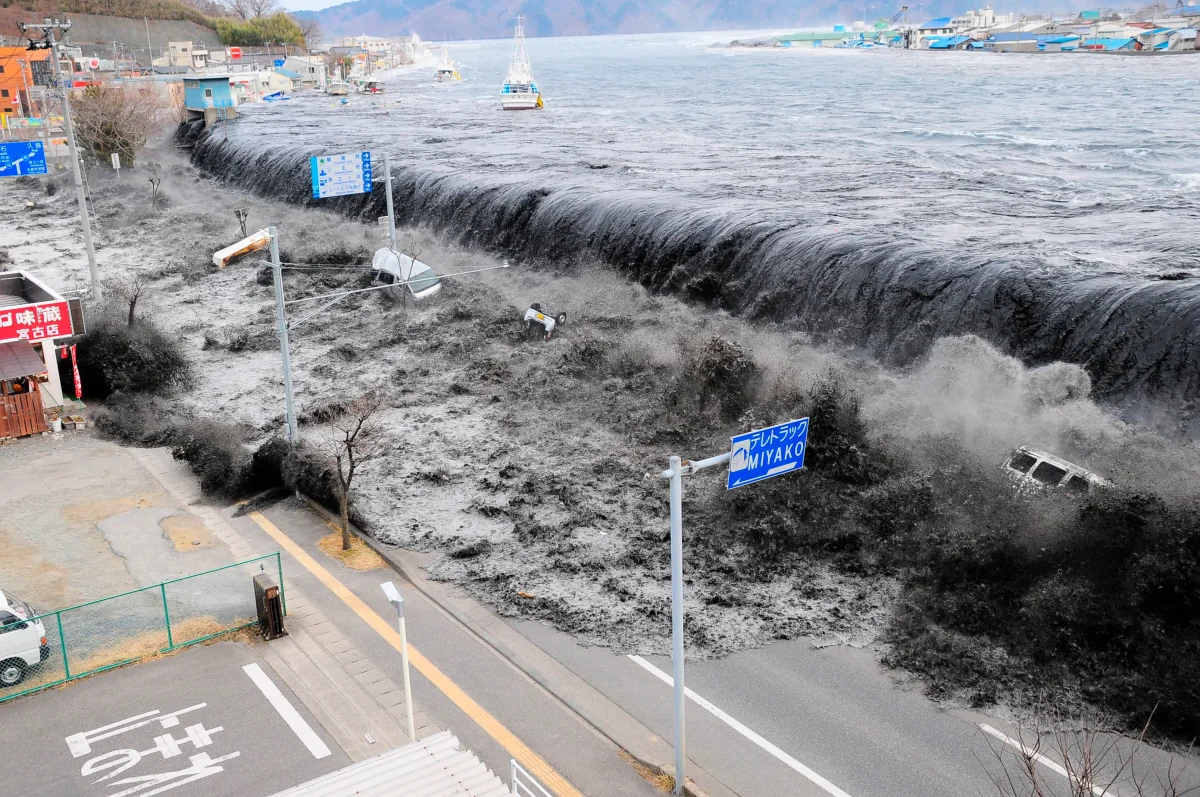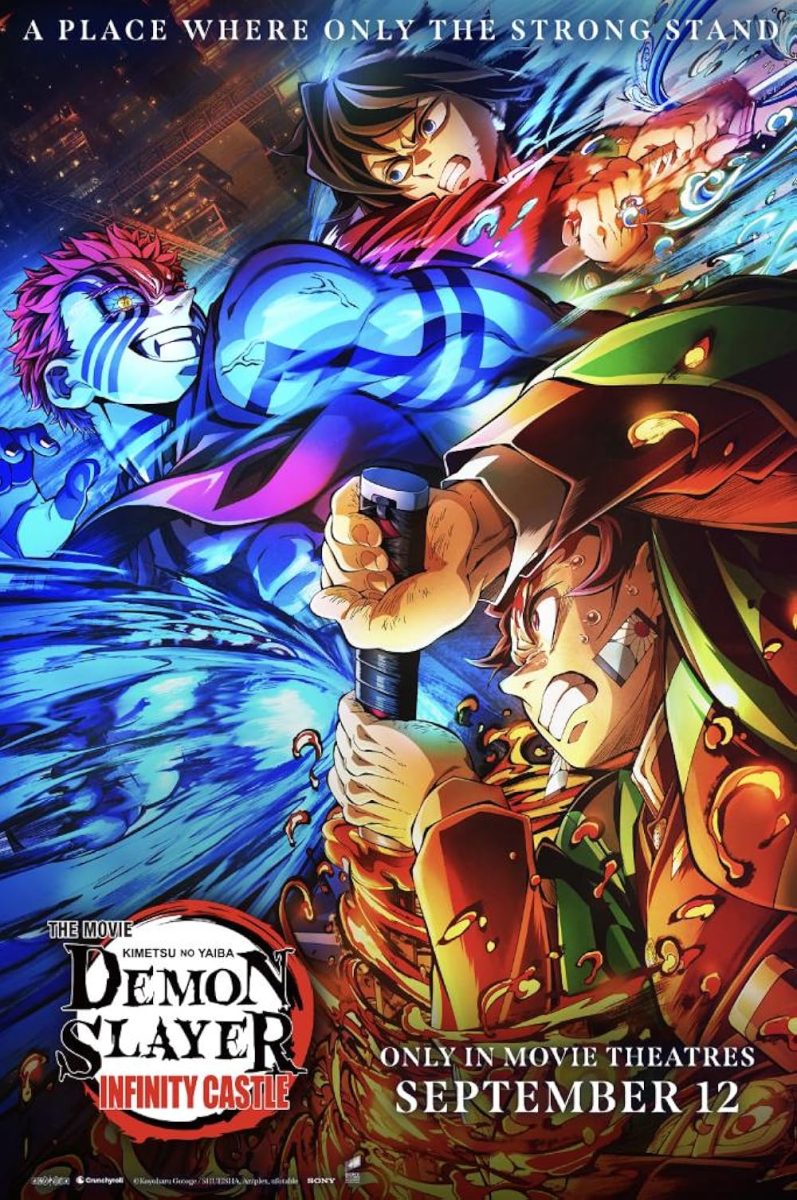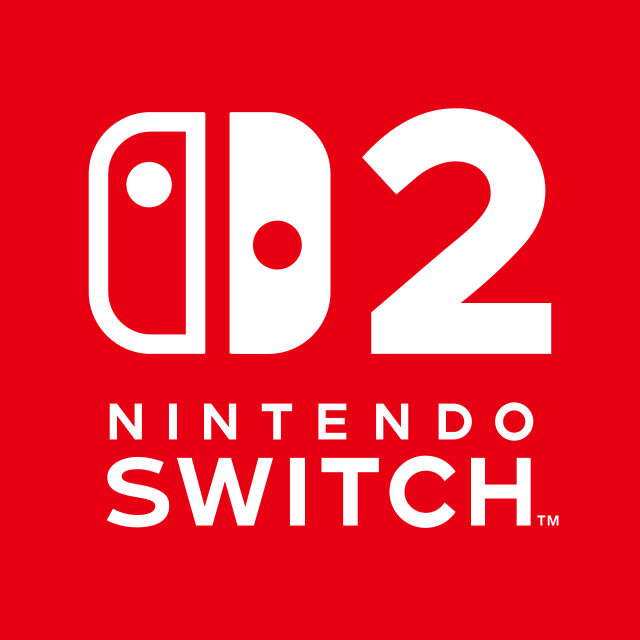The release of Demon Slayer: Kimetsu no Yaiba Infinity Castle marked a major turning point for anime in cinemas worldwide. Its record-breaking numbers across multiple countries highlight not only the growing power of anime as a cultural force, but also the global reach of the Demon Slayer franchise and the increasing recognition of anime as a legitimate part of mainstream cinema.
When Infinity Castle premiered in Japan, it became the fastest movie to reach 10 billion yen at the box office. Within weeks, it surpassed Hayao Miyazaki’s beloved Spirited Away to become Japan’s second highest grossing film of all time. Spirited Away had long been considered untouchable as a symbol of Japanese animation’s golden age, and its success was tied to the prestige of Studio Ghibli. For Infinity Castle to overtake it not only reflected the popularity of Demon Slayer, but also a generational shift in anime storytelling and audience expectations.
The film’s impact was not only confined to Japan, in the United States, Infinity Castle exceeded expectations by earning about $70 million in its opening weekend, more than doubling the record set by Pokemon: The First Movie (1999). This achievement demonstrated that anime could not only attract large audiences in North America, but could also compete with Hollywood blox buster films.
The momentum didn’t stop there. In India for example, Infinity Castle became the highest grossing non – Hollywood foreign film, bringing in unmatched numbers for an anime title. Across Europe, Southeast Asia, and Latin America, the movie consistently grew large crowds, often topping local box office charts. Before Infinity Castle, anime films were often limited to small scale releases outside Japan. The movie’s ability to consistently top box office charts in regions such as Latin America showed that demand was far higher than previously recognized. In total, the film has grossed over $555 million worldwide.
Several factors have contributed to this success. The Demon Slayer manga sold over 150 million copies worldwide, while the anime’s Swordsmith Village Arc averaged about 15.4 million viewers in Japan. Infinity Castle benefited tremendously from loyal fans eager to watch the adaptation of the manga’s final arc. Many fans knew Infinity Castle would be visually stunning and well – executed because it was produced by Ufotable, the studio behind the production of all Demon Slayer movies, including Mugen Train, which produced about $506.5 million worldwide. International distributors devoted significant resources to dubbing, subtitling, and marketing, ensuring that the film was more accessible to a broad audience.
Demon Slayer: Infinity Castle did more than break box office records, it transformed what anime could achieve on a global stage. From its rapid rise in Japan, to its record-setting performance in the United States, India, and beyond. The film proved that anime is no longer a niche interest. As fans eagerly wait for the continuation of the trilogy, the success of Infinity Castle will likely inspire even greater recognition and investment into anime films.




















